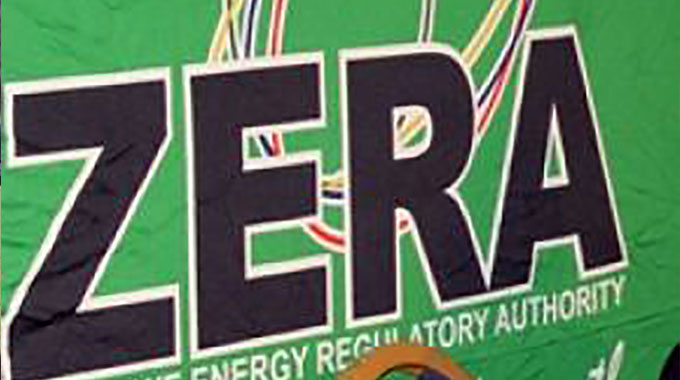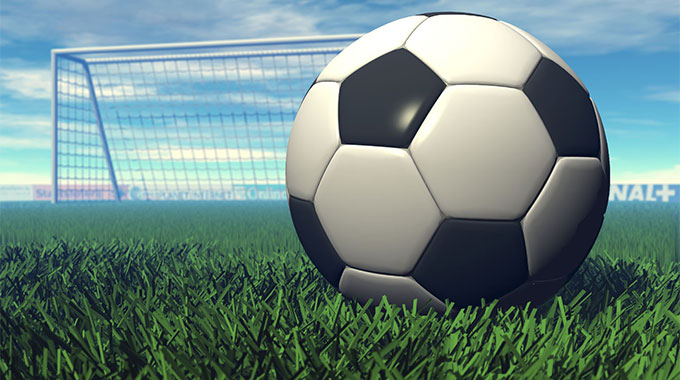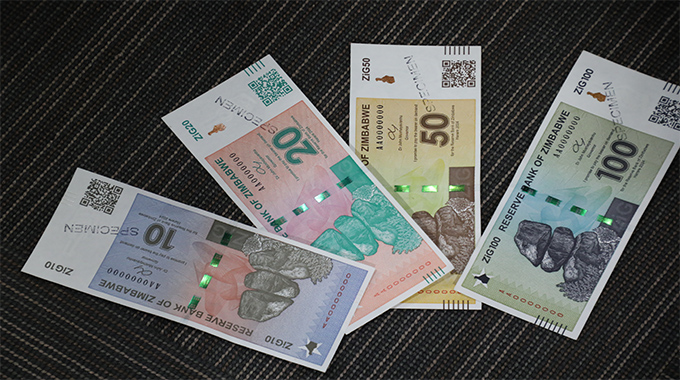Securing economic rights under Copyright Law

Aleck Ncube
OWNERSHIP of copyright under the current Copyright and Neighbouring Rights Act, is vested in the author of the work.
Exceptions in copyright ownership arise where a literary, dramatic or artistic work has been created in the course of employment under a contract of service or apprenticeship for the purpose of publication in a newspaper, magazine or similar periodical. The employer is to be the first owner of the copyright in the work.
Where a photograph has been taken or a painting or portrait drawn or engraving or cinematograph film has been made for a valuable consideration at the instance of any person, such person is to be the first owner of the copyright unless there is an agreement to the contrary.
If the above stated conditions are not applicable, the employee is to be the first owner unless there is an agreement to the contrary.
The employer is said to be the proprietor of copyright of the work created by his employee during employment. The employee has to prove that the work in question was his creation.
Where an address or speech has been delivered in public, the person delivering it is the first owner.
If he has done so on behalf of another person, such other person is to be the first owner. In case of Government work, the State is the first owner, unless there is contract to the contrary. “Government Work” is defined as work, which has been made or published by or under the direction of Government or department of Government, legislature, any court or tribunal.
There are three kinds of remedies against the infringement of copyright. Civil remedies include obtaining injunctions, damages or account of profit, delivery of infringing copies and damages for conversion.
The following are the kind of civil remedies to which a plaintiff is entitled to:
Anton Pillar Order — In certain cases, the court may on an application by the plaintiff accompanied by an attorney allow entry into premises and make an inspection of relevant documents and articles and take copies thereof or remove them for safe custody. Such an order is called an Anton Pillar Order.
Interlocutory Injunction — It secures the immediate protection of copyright from an existing infringement or from the continuance of infringement or an anticipated infringement.
Plaintiff is entitled to two types of damages. One for the infringement of his copyright and the other for conversion of his copyrighted work into another form.
Criminal Remedies — These include imprisonment of the accused or imposition of a fine or both. Seizure of infringing copies. The infringement of copyright has been declared as an offence, punishable with imprisonment or a fine.
Administrative remedies — These consist of approaching the Registrar of Copyright to ban the import or export of infringing copies into Zimbabwe when infringement is by the way of such importation or exportation.
Statutory Exception to Copyright Infringement
It is important for creators of artistic works protected via copyright law to understand that certain actions do not constitute infringement of their Copyright.
The following acts do not constitute an infringement of copyright; a fair dealing with a literary, dramatic, musical or artistic work not being a computer programme for the purposes of private use, including research, criticism or review, making copies of computer programme for certain purposes, reporting current events in a newspaper and magazine or by broadcast or in a cinematograph film or by means of photographs.
Reproduction of judicial proceeding and reports thereof, reproduction exclusively for the use of members of Legislature, reproduction (artistic work excluded) in a certified copy supplied in accordance with law. Reading or recitation in public of extracts of literary or dramatic work.
Publication in a collection for the use in educational institutions in certain circumstances. Reproduction by a teacher or pupil in the course of instruction; or in questions papers or answers.
Performance in the course of the activities of an educational institution in certain circumstances.
The making of sound recordings in respect of any literary, dramatic or musical work, performance in an amateur club given to a non-paying audience, or for religious institution.
Reproduction in a newspaper, magazine of an article on current economic, political, social or religious topics in certain circumstances. Publication in a newspaper, magazine a report of a lecture delivered in public.
Making of not more than three copies of a book for the use of public library.
Reproduction of an unpublished work kept in a library, museum or other institution to which the public has access. Reproduction or publication of any matter published in Official Gazette or reports of Government Commissions/Committees or other bodies appointed by Government.
Reproduction of any judgment or order of a court, tribunal or other judicial authority, not prohibited for publication.
Making or publishing of a painting, drawings or a photograph of a work of architecture. Making or publishing of a painting, drawing or photograph or engraving of sculpture or other artistic work permanently situate in a public place.
Inclusion in a cinematograph film of any artistic work permanently situate in a public place and other artistic work by way of background or incidental to the principal matters represented in the film. Reproduction for the purpose of research or private study or with a view to publication of an unpublished literary, dramatic or musical work kept in a library, museum or other institution to which the public has access.
Conclusion
Copyright Law, which was formulated for the economic benefit of the publishers due to unauthorised printing now takes a much bigger form today. Today Copyright not only exists on the literary work but also on art, drama, music, cinematography, photography and computer programmes. It has evolved around the world as people started understanding the importance of one’s Intellectual Property. Copyright law is not just for securing the economic benefit of authors but it is also a way of preventing the pilferage of ideas by others.








Comments